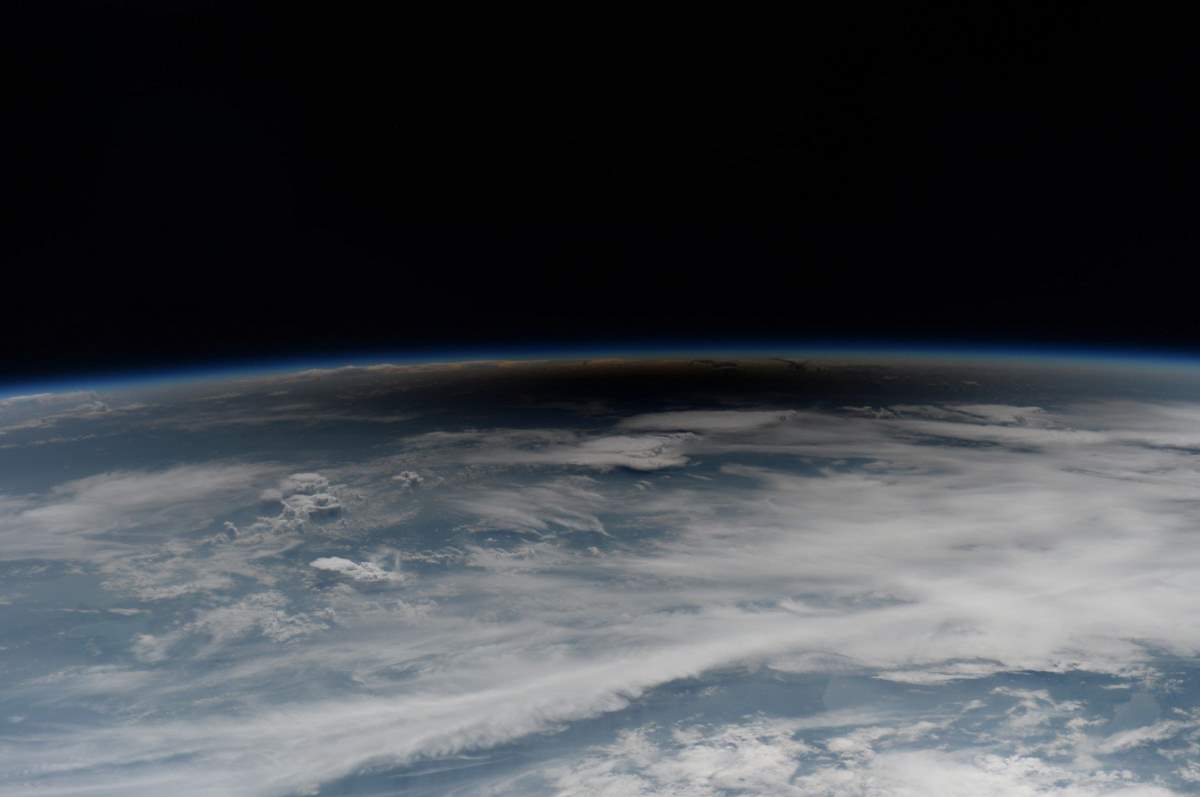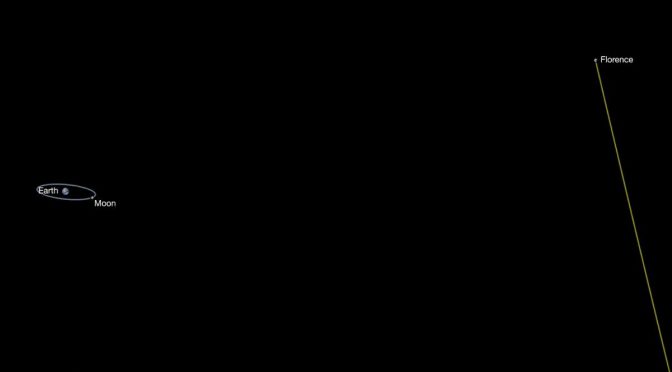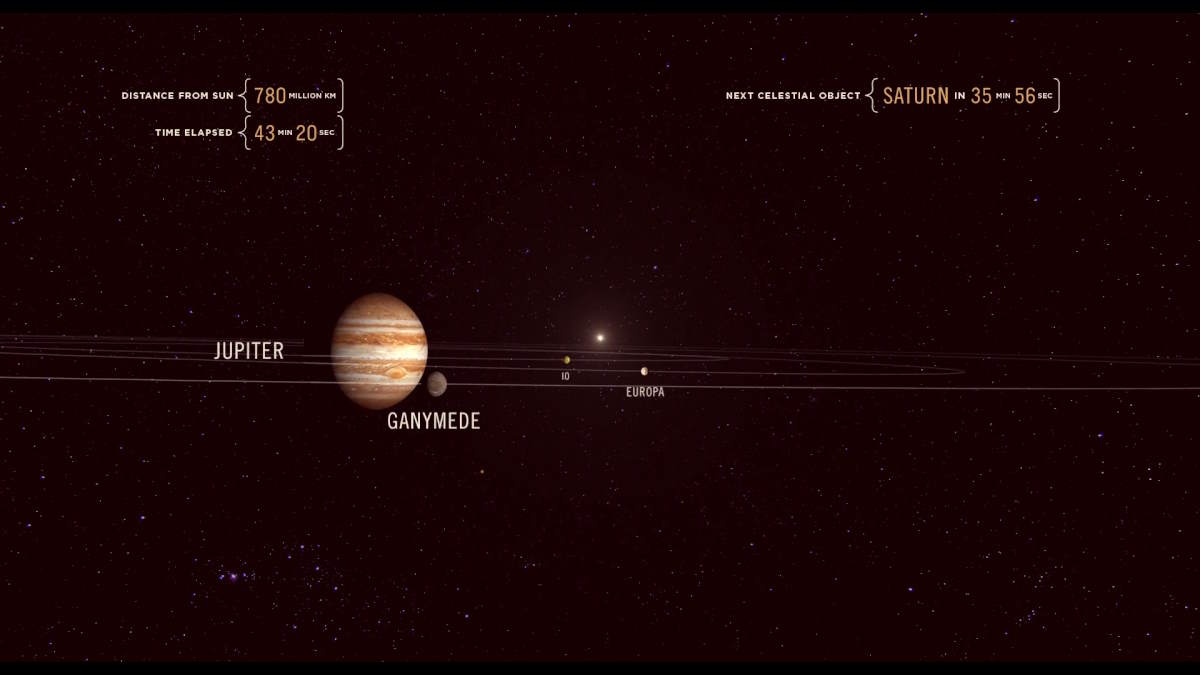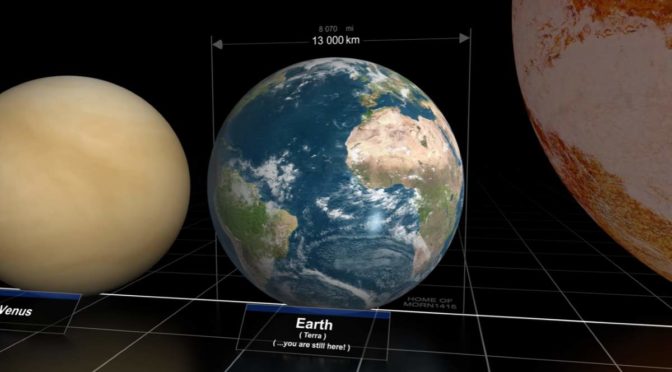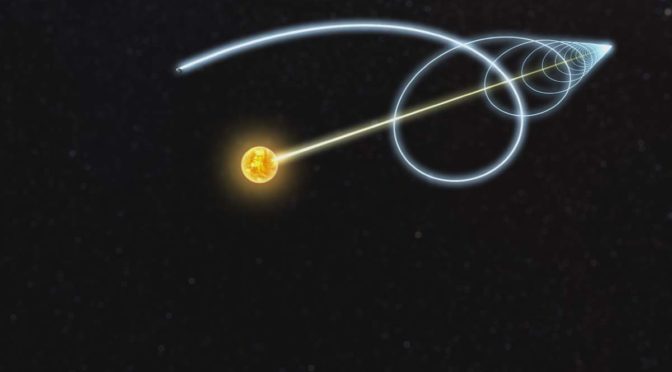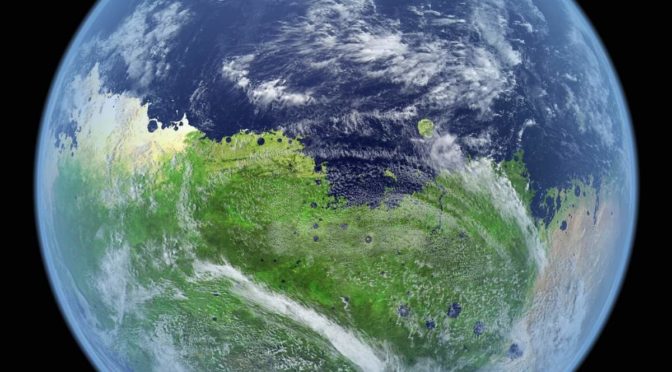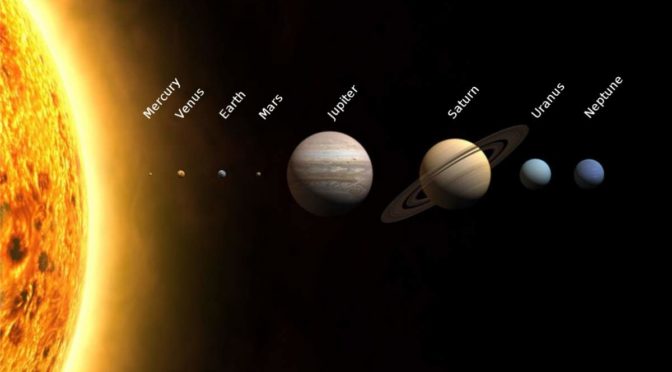On Monday, August 21, an estimated 2 million to 7.4 million Americans traveled to see the first total solar eclipse in 99 years to go coast to coast in the United States, which went from Lincoln Beach, Oregon, to Charleston, South Carolina. But, some of them were unlucky, as the weather was overcast in some places. But, luckily for them (and for us), NASA captured some amazing and beautiful images of the eclipse and published them on their website.
